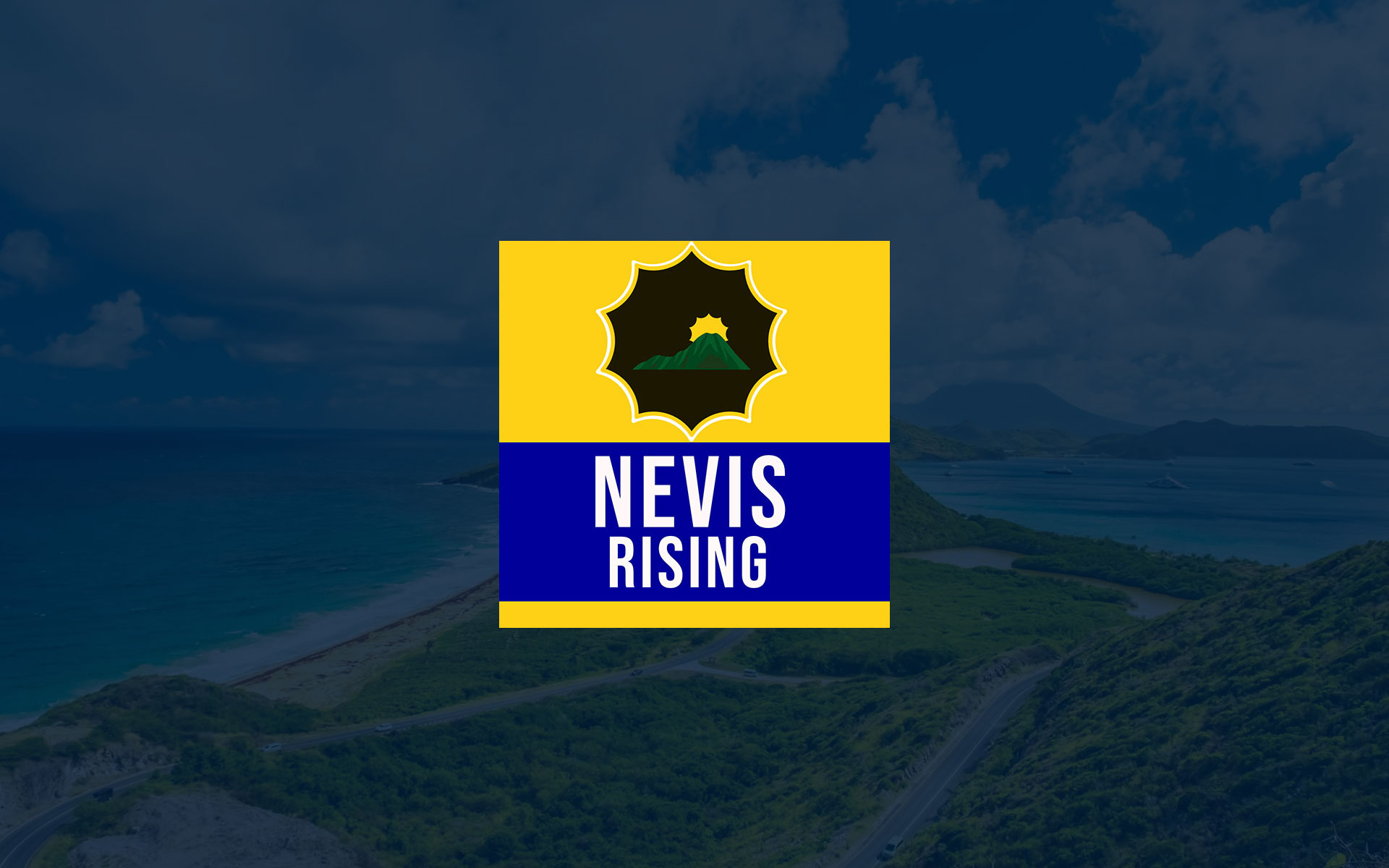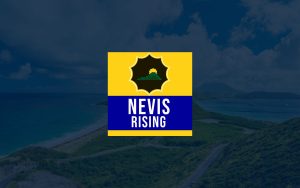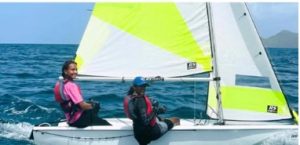Canadian Tourist Suffers Double Hand Amputation Following Shark Attack in Turks and Caicos
Paragraph 1: The Incident
On February 7th, a serene snorkeling excursion in the turquoise waters of Providenciales, Turks and Caicos, took a horrific turn for a 55-year-old Canadian tourist. While attempting to capture a close-up photograph of a six-foot shark, the woman inadvertently triggered a predatory response, resulting in a severe attack. The shark, believed to be a bull shark, clamped its jaws onto both of her arms, inflicting devastating injuries. The incident, which occurred mere yards from the shore, underscores the inherent risks associated with close encounters with wildlife, even in seemingly idyllic settings.
Paragraph 2: Medical Aftermath and Species Identification
Following the attack, the Canadian tourist received immediate medical attention and was subsequently flown back to Canada for further treatment. The severity of her injuries necessitated amputations: one arm below the wrist and the other midway up the forearm. While the exact species of shark responsible for the attack remains unconfirmed, authorities suspect it was a bull shark, a species notorious for its aggressive behavior and propensity for inhabiting shallow coastal waters. This makes encounters with humans more likely, particularly in areas where human activity overlaps with their natural habitat.
Paragraph 3: A Broader Context: Concurrent Shark Attacks
The Turks and Caicos incident occurred on the same day as another shark attack in the Bahamas involving two American tourists. This unfortunate coincidence highlights a concerning trend of increased shark-related incidents in the region. While the reasons for this apparent increase require further investigation, several factors may be contributing, including changes in shark migration patterns, shifts in prey availability, and increased human activity in coastal waters.
Paragraph 4: The Dangers of Wildlife Interaction and Tourism
The incident serves as a stark reminder of the potential dangers inherent in interacting with wildlife, particularly large predators like sharks. While the allure of capturing stunning photographs or experiencing close encounters with these majestic creatures can be strong, it’s crucial to prioritize safety and respect the natural boundaries of wild animals. Tourism, while vital for many economies, can sometimes inadvertently contribute to these encounters, particularly when activities like snorkeling and diving bring humans into close proximity with marine life.
Paragraph 5: Government Response and Recommendations
In response to the attack, the Turks and Caicos government issued a public advisory urging both tourists and locals to exercise extreme caution when encountering marine wildlife. The government emphasized the importance of maintaining a safe distance from sharks and other marine animals, refraining from feeding them, and avoiding any actions that could be perceived as threatening or provocative. These recommendations aim to minimize the risk of future incidents and promote responsible interactions with the marine environment.
Paragraph 6: The Importance of Conservation and Education
The incident also underscores the broader need for conservation efforts and educational initiatives aimed at fostering coexistence between humans and sharks. Protecting shark populations and their habitats is crucial for maintaining the health of marine ecosystems. Furthermore, public education programs can play a vital role in raising awareness about shark behavior, safe practices for interacting with marine life, and the ecological importance of these apex predators. Ultimately, fostering a deeper understanding and respect for sharks is essential for minimizing human-wildlife conflicts and ensuring the long-term survival of these magnificent creatures.
Share this content:












Post Comment